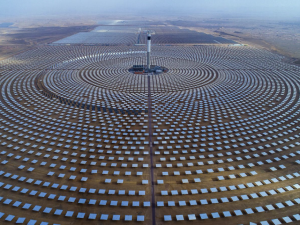This guest blog comes from Mason Cole, MA Politics and Contemporary History student and Sustainability Champion Assistant, supporting the King’s Energy Team.
With a new academic year approaching, you may be thinking about how you can get involved in sustainability at King’s. While many students come to university eagerly anticipating joining societies, less think about volunteering. I’ll be honest, I was one of them. When I became a Sustainability Champion Assistant (SCA), I had little idea of what it would entail. But here I am to explain why you should become an SCA for King’s Energy.
Clock volunteering hours
Did you know that at KCL you can log your volunteering hours on an online portal for an award? You could receive a bronze, silver or gold award for your efforts which is not only a personal pat on the back but would also be viewed favourably when included on your CV. It should be noted that you can mix-and-match volunteering experiences so you won’t only be reliant on King’s Energy, but over an academic year, you can easily attain a Gold award just through being a Sustainability Champion.
Learn new things
I’ll be honest, when I was allocated to King’s Energy, I whipped out the old CGP GCSE Physics revision guide to refresh my knowledge. However, prepare to be surprised. You will work with experts in the field who have extensive experience working in their field. I’ve been working with the Energy Team for 6 months, and I feel like a bonafide expert already, so you’ll be surprised how quickly and easily you will pick up information. Another thing that may surprise you is just how versatile the topic of energy is and how it links with so many different things around us.
Gain experience doing something you love
No, I don’t mean energy. We don’t expect you to love energy (although you may just fall in love with it along the way), but you likely have a skill that we are looking for. For me, that skill is writing. I love writing but it is so difficult to gain experience in a low-pressure environment. Enter King’s Energy. Whether your skill is writing, social media marketing or team management, there is a role for you here.
Make a positive impact
How could I ignore this one? As I mentioned, energy is all-encompassing, and it’s becoming an increasingly important issue in the modern world. Not only will being an SCA enable you to learn more about this crucial matter, but you will also be raising awareness and spreading that knowledge in an impartial, non-political way. In other words, you will play a vital role in the education of climate issues and, in doing so, help protect the future of our planet.
There you have it – my top four reasons to become an SCA!
The Sustainability Champions Assistant programme is an opportunity open to all King’s students to help the King’s Sustainability Team deliver the Staff Sustainability Champions programme. Find out more here.


